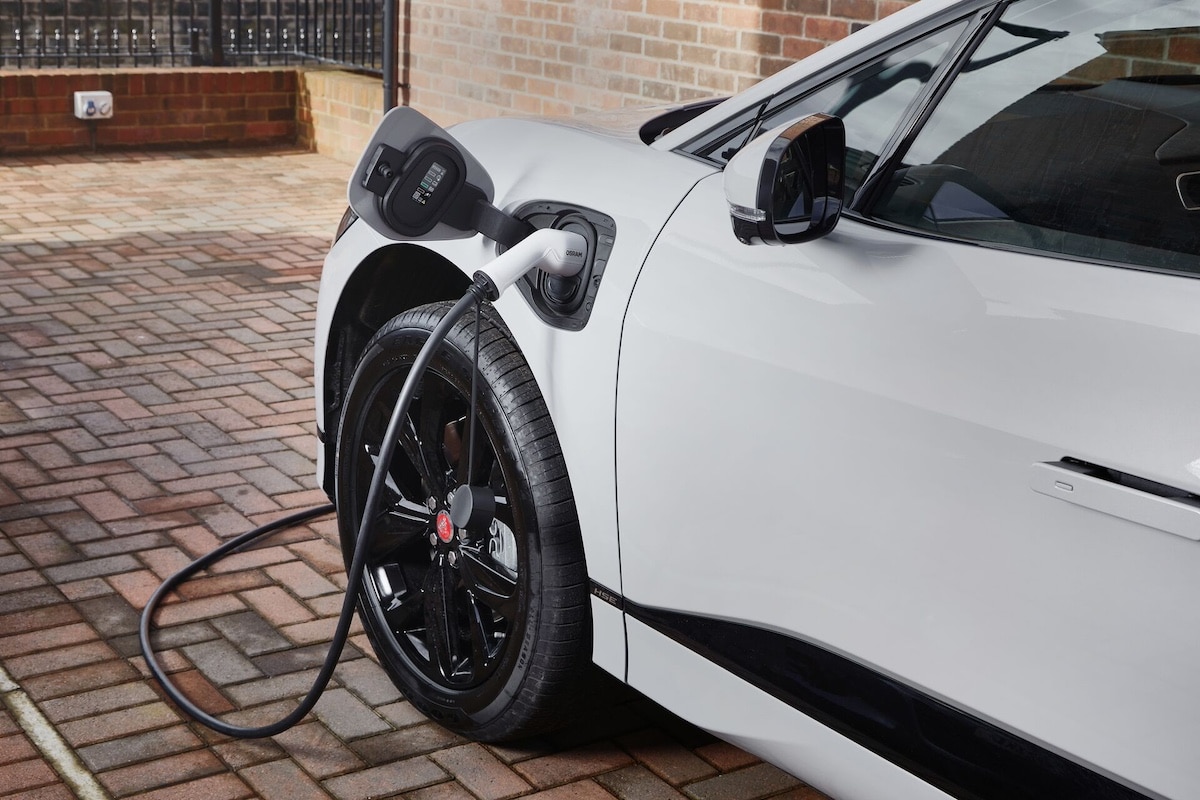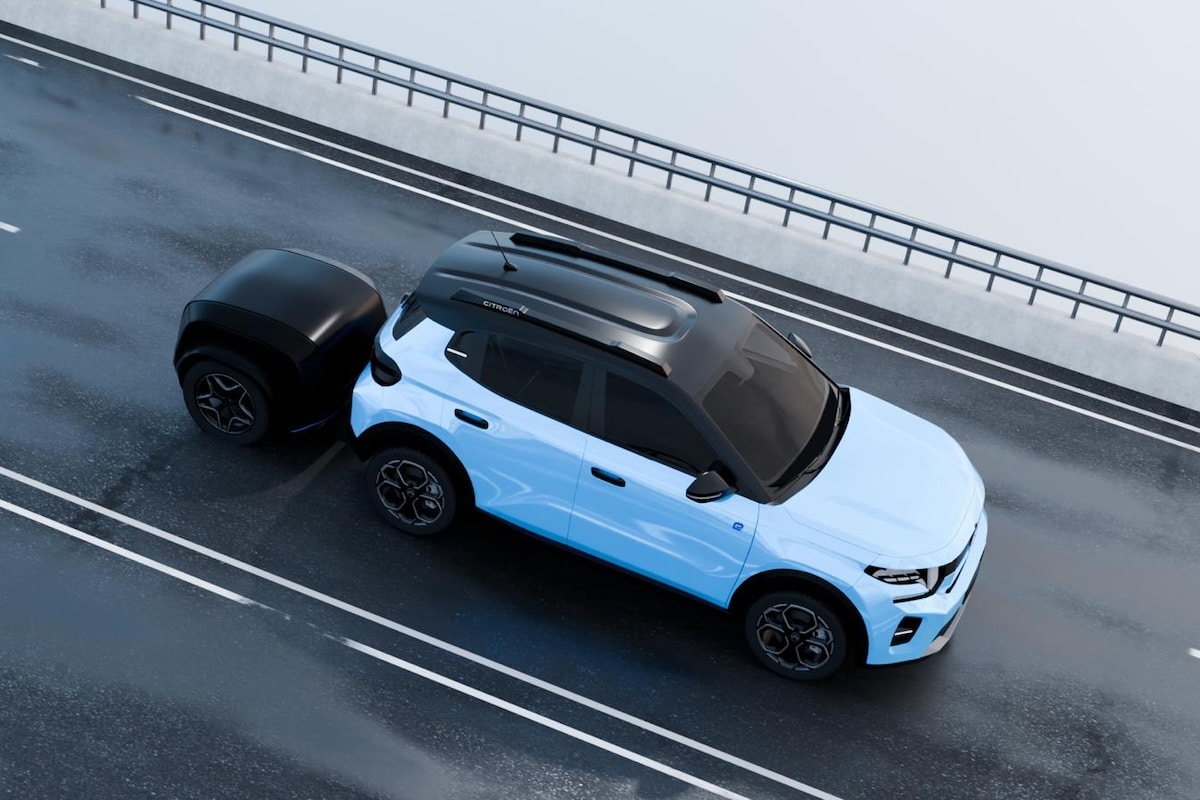Which charging cable is right for you?

There are several types of cables for electric vehicles. OSRAM provides you with the keys for successful charging.
On paper, charging an electric car is not a very complicated matter. Just plug the car into an electric source and wait for the battery to fill up. However, the variety of connectors, cables, and power supplies can be confusing. Depending on your car and the selected charging mode, you may need different kits. OSRAM tells you more.
There are primarily four main types of EVs, those famous electric vehicles:
- PHEV: Plug-in Hybrid Electric Vehicle
- BEV: Battery Electric Vehicle
- HEV: Hybrid Electric Vehicle
- LEHV: Light Hybrid Electric Vehicle
No questions to ask for the HEVs and LEHVs as they recharge only while driving. In contrast, the PHEVs and BEVs have external charging ports.



Let’s bypass the case of fast charging stations that provide the cable directly and generally accept all market standard plugs: ChaDeMo, Combo, II/CCS, AC three-phase, and standard household plug E/F. You will however need your own cable to charge at home or at a public commercial station.
Charging, a very accessible art
First of all, a charging cable, like any power cable for household devices, has two connectors: one that connects to the power source and one that connects to your car. All electrical stations in Europe require a Type 2 plug. Some vehicles produced before 2017, such as the Nissan Leaf or Mitsubishi Outlander, have a Type 1 plug on the car side, but the vast majority have adopted the 7-pin Type 2 connector. This type is perfectly suited for both home charging and public station charging.



The domestic electrical supply that most of us have in our homes is called single-phase and provides 3 kW from a standard household socket. Consequently, charges can be particularly long and tedious, and may eventually damage the sockets. This should be limited to small occasional charges or for light drivers. Installing a wall-mounted charging unit is the best option and significantly reduces charging time. If you limit yourself to this type of charging at 7.2 kW, you can stick to a 16A cable. However, investing in a 32A cable gives you more charging options, particularly with commercial three-phase electrical supplies. These can have a power output of up to 22 kW, making charging from a three-phase power source about 3x faster.
You understand, just as there are different connectors, there are also different types of cables to charge your electric vehicle. Slow, fast, or very fast charging, there’s something for everyone, but making good choices will optimize your charges and make electric driving so much easier and more enjoyable! A good comparative table often speaks louder than long explanations, OSRAM provides you with this cable guide:
OSRAM Charging Guide
ALSO READ: LED headlights for your classic with OSRAM
This page is translated from the original post "Quel est le câble de recharge qui vous convient ?" in French.
We also suggestthese articles:
Also read






